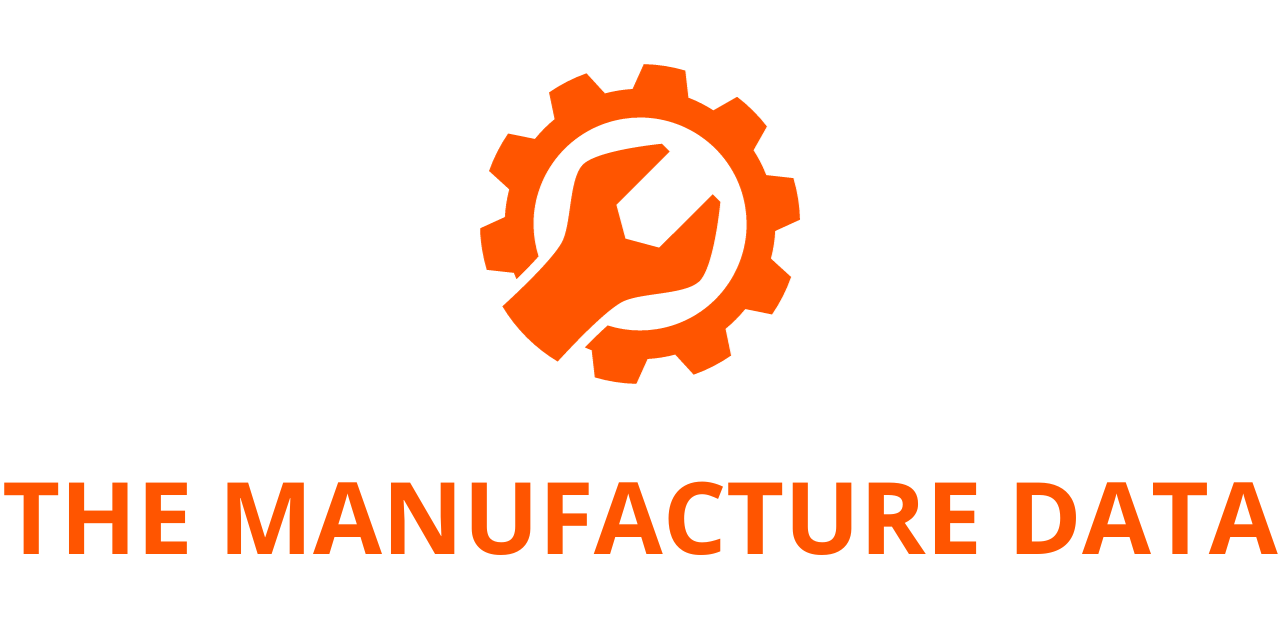
Germany Prefabricated Construction Market Outlook 2025–2029
The latest report, “Germany Prefabricated Construction Market Intelligence and Future Growth Dynamics Databook – 100+ KPIs, Market Size & Forecast by End Markets, Precast Products, and Precast Materials – Q2 2025 Update”, has been published by ResearchAndMarkets.com, offering an in-depth analysis of one of Europe’s most rapidly evolving construction sectors.
According to the findings, the German prefabricated construction market is set to grow by 3.4% annually in 2025, reaching an estimated value of EUR 43.08 billion. This marks a continuation of the positive momentum established over the last five years. Between 2020 and 2024, the industry expanded at a compound annual growth rate (CAGR) of 4.0%. Looking ahead, the growth trajectory is expected to remain solid though slightly moderated, with a projected CAGR of 2.9% from 2025 to 2029. By the end of this forecast period, the market is projected to climb from EUR 41.67 billion in 2024 to approximately EUR 49.82 billion in 2029.
Data-Driven Insights for Industry Stakeholders
This databook provides a comprehensive, data-centric perspective on the German prefabricated construction industry. With over 100 KPIs, the analysis covers growth opportunities across end markets, materials, and product categories, supported by extensive charts and tables. For businesses, policymakers, and investors, the report serves as both a performance tracker and a forward-looking guide to market opportunities.
Industry at a Crossroads
Germany’s prefabricated construction sector is evolving from being a niche building solution into a mainstream, industrialized approach to housing and infrastructure. Several structural drivers are shaping this transformation:
- Skilled labor shortages in the construction industry are pushing builders to adopt off-site solutions that require fewer on-site workers.
- Urban housing mandates in cities such as Berlin, Munich, and Hamburg are accelerating demand for quick, scalable housing solutions.
- Sustainability regulations and energy-efficiency targets are making prefabricated, low-carbon building systems an attractive choice.
- Rising construction costs are prompting both developers and governments to explore more efficient methods.
What was once limited to panelized units is now expanding into sophisticated modular housing systems. Already, modular solutions account for over one-quarter of single-family housing approvals in Germany, a clear sign of shifting industry norms. Emerging technologies such as robotics in panel production, hybrid timber-steel construction, and 3D-printed housing prototypes further highlight the market’s innovative momentum.
Key Strategic Shifts
The industry is witnessing collaboration across multiple levels, ranging from government incentives to industrial partnerships:
- Policy support: Federal and state governments are aligning permitting processes and incentives with prefab adoption goals.
- Material innovation: Manufacturers are embracing timber-based modular designs to meet carbon reduction mandates.
- Cross-sector adoption: The JUPITER exascale data center project, supported by modular construction methods, showcases how prefab is entering infrastructure beyond housing.
At the same time, technologies like Building Information Modeling (BIM), digital twins, and automation are converging to professionalize production, improve quality control, and enhance ESG compliance.
Outlook and Opportunities
Executives and decision-makers in the construction ecosystem are advised to treat prefab not merely as a building technique but as a strategic industrial growth frontier. The next five years will present opportunities in:
- Scaling modular housing (both single-family and multi-family).
- Retrofit modernization of Germany’s aging building stock.
- Digital infrastructure pods for IT and research facilities.
- Factory digitalization to boost output efficiency and sustainability.
Market Trends and Developments
- Modular Housing Expansion
Prefabricated homes accounted for about 26% of new residential approvals in 2024, a share that continues to grow. Multi-family modular housing is also becoming increasingly popular. - Hybrid Material Innovation
Projects such as those at the Technical University of Brunswick are showcasing timber-steel hybrid modules, which provide relocatable and eco-friendly solutions. - 3D Printing in Social Housing
North Rhine-Westphalia recently piloted Germany’s first 3D-printed social housing project, combining concrete-printed ground floors with timber-clad upper levels. - Robotics and Energy Retrofits
Companies like Ecoworks are leading the way in using robotic assembly and digital twin scanning for retrofitting energy-inefficient buildings.
Strategic Partnerships
- Government-Industry Policy Alignment: Advocacy groups such as the BDF (German Prefabricated Building Federation) are pushing for streamlined permitting, tax relief, and regulatory clarity.
- Sustainable Manufacturing: Industry leaders like Huf Haus and WeberHaus are advancing eco-friendly designs aligned with Germany’s carbon-reduction goals.
- Infrastructure Modules: Partnerships between Eviden/Atos and North Rhine-Westphalia highlight the use of modular pods for advanced data centers.
Growth Drivers
- Labor shortages pushing builders toward factory-built modules.
- Affordability and housing demand driving modular adoption in urban centers.
- Energy retrofits gaining momentum as old buildings need cost-effective upgrades.
- Sustainability regulations and financing (e.g., KfW green building incentives) supporting timber and insulated modular designs.
Future Outlook
Looking toward 2025–2029, Germany’s prefabricated construction industry will continue transitioning into a highly industrialized, automated ecosystem. Expected developments include:
- Widespread adoption of robotics and BIM-driven factories.
- Greater use of timber modular housing, inspired by Nordic and Austrian precedents.
- Growth in retrofit modules integrating solar systems and energy-efficient panels.
- Expansion of modular infrastructure, particularly in tech, healthcare, and education sectors.
- Regulatory reforms to accelerate permitting and financing of prefab projects.
Market Scope
The report breaks down the market by materials (aluminium, wood, steel, concrete, glass, others), products (residential, commercial, industrial, institutional), building sectors (single-family, multi-family, office, retail, hospitality, etc.), and prefabrication methods (panelized, modular volumetric, and hybrid).




